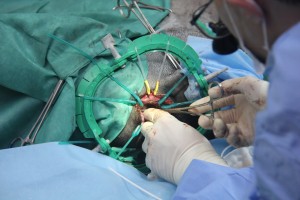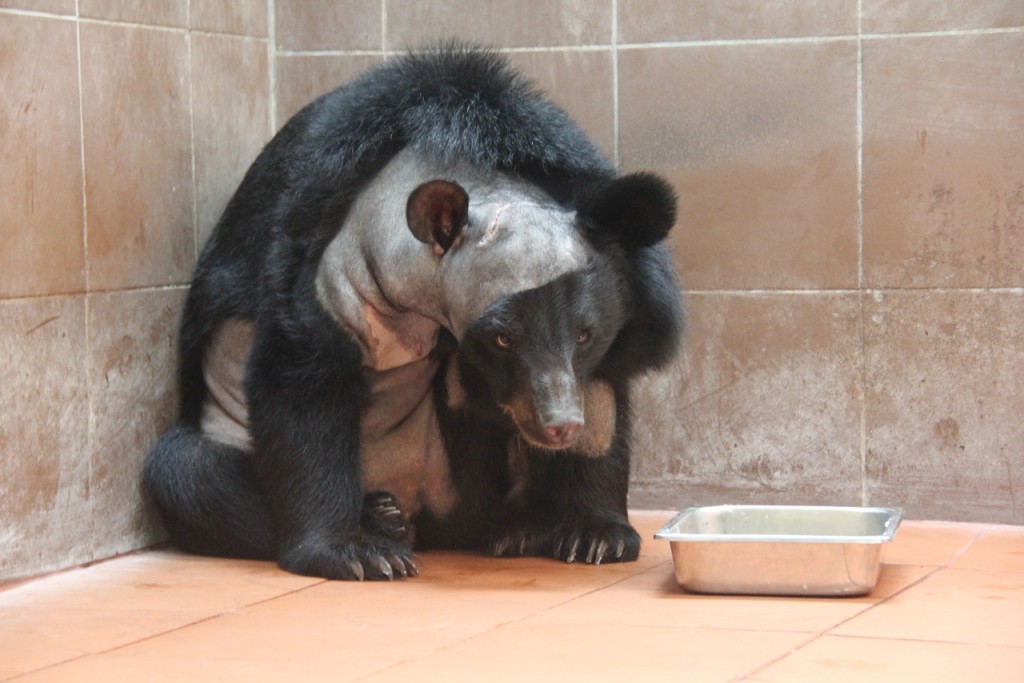A few years ago, my neighbor in Colorado decided to learn something about animal rights.
I thought this was a pretty interesting project under any circumstances, but it was especially interesting because my neighbor is Michael Soule, the biologist credited with founding the field of conservation biology.
Like a lot of conservation-minded scientists, Michael was suspicious of animal-rights activists, disliking their focus on individual animal welfare rather than the survival of species and habitats. (The suspicion is mutual: Conservationists and animal-rights activists have clashed over invasive-species eradication, DIY feral cat control, hunting, and many other issues.) But Michael realized he hadn’t tried to understand the animal-rights perspective. So for a year, he subscribed to magazines, read websites, and talked to activists. And he realized that animal rights and conservation had much more in common than he’d thought.
A longtime Zen Buddhist practitioner, Michael now argues for “broadening the beam of compassion” — for recognizing that both animal rights and conservation are driven by compassion, and that this core value makes the causes more alike than different. His motivation is practical as well as philosophical: Animal-rights groups are well-funded and well-organized, in some cases far more so than conservation groups. Collaboration, if possible, could be powerful. (A forthcoming anthology edited by Mark Bekoff, Ignoring Nature No More: The Case for Compassionate Conservation, makes similar arguments.)
 I thought about Michael’s project when I had the chance to write about Champa, an Asiatic black bear who recently became the first bear to undergo neurosurgery. Rescued from traffickers in Laos as a cub, she was born with hydrocephalus, a condition caused by excessive fluid in the cavities of the brain. Over time, hydrocephalus causes brain damage and excruciating, unrelenting pain. (In most Western countries, Champa would have been euthanized, but in Laos this was not an option.) While Champa’s pioneering operation was successful, she will never be released to the wild, and her treatment doesn’t directly contribute to the protection of wild bears or bear habitat. From an ecological perspective, Champa’s treatment doesn’t mean much. Yet one would have to be hard-hearted indeed not to be moved by the story of Champa’s suffering and immediate post-operative relief.
I thought about Michael’s project when I had the chance to write about Champa, an Asiatic black bear who recently became the first bear to undergo neurosurgery. Rescued from traffickers in Laos as a cub, she was born with hydrocephalus, a condition caused by excessive fluid in the cavities of the brain. Over time, hydrocephalus causes brain damage and excruciating, unrelenting pain. (In most Western countries, Champa would have been euthanized, but in Laos this was not an option.) While Champa’s pioneering operation was successful, she will never be released to the wild, and her treatment doesn’t directly contribute to the protection of wild bears or bear habitat. From an ecological perspective, Champa’s treatment doesn’t mean much. Yet one would have to be hard-hearted indeed not to be moved by the story of Champa’s suffering and immediate post-operative relief.
It could be argued that the money and effort spent on Champa’s operation would have been better spent on efforts to protect Laotian forests from illegal logging, or wild bears from being captured for the bear-bile trade. If we’re lucky, though, it’s not such a zero-sum game. Champa’s story is clearly good news for animal-welfare activists, but perhaps it has some indirect ecological benefits, too: People in Laos and beyond now know a wildlife-trafficking victim by name, and they’re not likely to forget her face. We journalists know that while no one person can represent a complex social problem, one person’s story, told in detail, can pique a reader’s curiosity about a larger issue. Maybe Champa can have the same effect, broadening the beam of compassion so that it shines new light in some forgotten corner.
Top photo of Champa, recovering after surgery; bottom photo, keyhole neurosurgery in progress. Both courtesy of Matt Hunt and Free The Bears.

Michelle, why wasn’t euthanasia an option in Laos?
Cassie, from what I understand animal euthanasia isn’t exactly illegal in Laos, but b/c of Laos’ strong Buddhist tradition it’s very tightly regulated – the sanctuary is run by a foreign NGO, and the staff just wasn’t confident that they could satisfy all the details of the regs and carry it out legally.